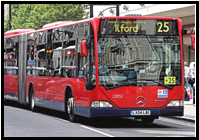Children at Churchtown will be given opportunities to develop their understanding of number and equip them with the skills to solve real life mathematical problems and challenges following the White Rose Maths planning and resources. We focus on a progression from concrete resources, to pictorial representations and finally into the numerical abstract to aid our children’s conceptual understanding. As a result, we are seeing a growth in confidence in all our learners, especially in areas of problem solving and reasoning. This will be taught through a variety of lessons: Number Ninja (fluency) sessions.
Number Ninja sessions are time for counting and quick recall of multiplication and division facts plus one/two other short, snappy activities to help keep basic skills bubbling alongside the regular practice of each of the 4 calculations- addition, subtraction, multiplication and division.
TT Rockstars, an online educational website/ app, is also used with Y3 to Y6 and children are encouraged to use this at home too to support their multiplication and divsion facts learning.
White Rose Maths have also produced a range of work booklets for parents and children to support with any additional learning at home. These booklets can be found on Amazon for the Kindle or downloaded from their website.

Helping your child learn at home
Recognising bus numbers
Number plate hunt. Who can find a 7? Add the numbers up.
Comparing door numbers
Counting – how many lampposts on the way to school?
Doing the washing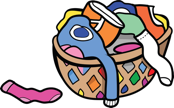
Counting in 2s – matching shoes
Sorting by colour and size.
Matching/pairing up socks.
Find four shoes that are different sizes. Can you put them in order.
Time
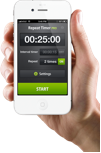
What day is it yesterday, today, tomorrow?
Use timers, phones and clocks to measure short periods of time.
Count down 10/ 20 seconds to get to the table/ into bed etc.
Recognising numbers on the clock. If you cover a number, what number was missing?
Food
Can you cut your toast into 4 pieces? Can you cut it into triangles?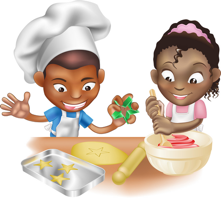
Setting the table. Counting the right number of plates etc. How many more do we need?
Can you make shapes/ patterns out of the knives and forks. Can you put them in the right place in the drawers?
Helping with the cooking by measuring and counting ingredients.
Setting the timer.
Going shopping
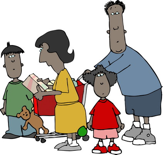 Reading price tags
Reading price tags
Counting items into the basket
Finding and counting coins
Comparing weights – which is heavier
Measuring
Are you taller than a …?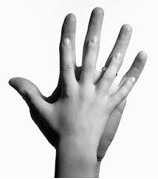
Marking height on the wall.
Cut hand shapes out of paper. How many hands long is the couch? How long is the table? Which is longer?
Who has the biggest hands in our family?
How many steps from the gate to the front door?
Shape
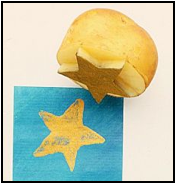 Cut a potato into shapes (circles, triangle etc). Use with paint to make pictures and patterns.
Cut a potato into shapes (circles, triangle etc). Use with paint to make pictures and patterns.
Cut out shapes from coloured paper/ newspaper and arrange into pictures.
Shape hunt: Can you find a square in your house (windows etc), a circle …
Games
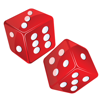 Putting cards into piles
Putting cards into piles
Jigsaws (you can make your own by cutting up a magazine picture)
Snap (matching pairs) or Happy Families (collect 4 of a kind)
Snakes and ladders or other simple dice games.
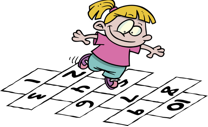 Adding numbers on two dice.
Adding numbers on two dice.
Bingo, with numbers or shapes
Hopscotch
Number rhymes and songs
Eg: 5 little monkeys jumping on the bed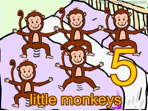
One fell off and bumped his head
Mummy called the doctor and the doctor said
“No more monkeys jumping on the bed!”
4 little monkeys jumping on the bed …
Your child can teach you lots more or try this website which has the words and sings it for you:
http://www.nurseryrhymes4u.com/NURSERY_RHYMES/COUNTING.html
Internet maths games
EYFS
https://www.bbc.co.uk/cbeebies/topics/numeracy
https://urbrainy.com/maths/later-reception-age-4-5
KS1
https://www.bbc.co.uk/cbeebies/topics/numeracy
http://www.bbc.co.uk/bitesize/ks1/maths/
https://www.topmarks.co.uk/Search.aspx?AgeGroup=2
https://urbrainy.com/maths-games/year-1-age-5-6
https://urbrainy.com/maths/year-2-age-6-7
KS2
http://www.bbc.co.uk/bitesize/ks2/maths/
https://www.sumdog.com/user/sign_in
White Rose Maths have teamed up with TV presenter, teacher and parent Michael Underwood to bring you a mini-series called Maths with Michael. We understand that many parents feel like maths has changed and can sometimes find it difficult to keep up to date with modern teaching methods in maths. Well don’t worry, we’re here to help.
Episodes will give you an introduction to place value, subtraction, multiplication, division, fractions and algebra. Now sit back and enjoy!
